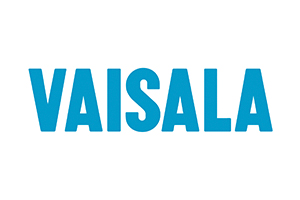
Test Automation Creation for Vaisala’s viewLinc Web-Based Application
Download a copy of this case study
The Client
Client is a global leader in environmental and industrial measurement technologies, ideally positioned to meet its customers’ requirements of safety, efficiency and sustainability.
Client is committed for providing continuous monitoring, alarming & reporting system.
The Challenge
Our client was running manual tests to identify defects in their frequently changing web based application. It was a resource intensive and costly exercise for them every time there was a new release. They were looking to automate the regression test suite to minimize the effort required in each test pass while ensuring adequate test coverage.
They also wanted to develop a robust framework that would enable the addition and removal of test scenarios with minimal changes at the code level. Lastly, they needed a process to fetch test data from an external file that could be changed any time without having to modify existing scripts.
The Process
- Requirements gathering.
- Test case creation.
- Write test automation scripts.
- Testing and defect reporting.
How Optimus Helped
In order to help our client meet their testing needs, we needed to first ramp up on the requirements and create a high level plan breaking down the functionality to be tested in a detailed project plan.
We proposed a hybrid framework which would take the advantage of our data driven and keyword driven framework. We developed the framework in Java where all the test scenarios, test data and keywords are defined in an Excel workbook. The configuration and property files were created externally so that any change in the user interface elements would not involve changes in the code.
We created positive and negative test scenarios with robust test data to obtain maximum coverage. The testing effort was distributed across different modules of the application by functionality and priority on the basis of business criticality.
Test results were reported in HTML files which could in turn be emailed to all the stakeholders automatically after test execution.
The result of this project was a maintainable test automation suite that reduced our client’s test cycles significantly while increasing their test coverage. Our client saw ROI on the automation process within 4 releases through reduced effort in manual testing while increasing confidence in the stability of their solution.
